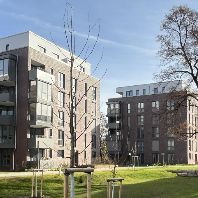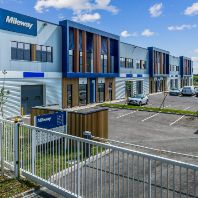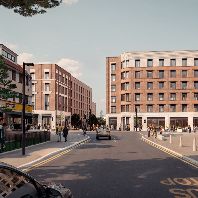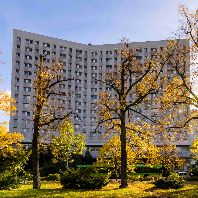You recently published a research paper on the future of the supply chain. Can you share some key findings?
Our latest research indicates that geographic, economic and political barriers to new logistics real estate supply across Europe are significant and rising. Over the next decade, completions are expected to fall short of demand in most locations. Land scarcity will be a key challenge, especially in the largest consumption centres like London and Paris. Replacement costs in Europe have risen an estimated 8-10% year-over-year for the first quarter of 2021. Also, the permitting and entitlement processes will become harder, more expensive and more time-consuming. Building requirements are increasing and as a result, so are the costs. At the same time, we have seen strong demand. The pandemic has altered the logistics real estate landscape with supply chain decisions becoming more urgent than ever. For instance, research into the development of demand published in March indicates that e-commerce will continue to grow significantly while the need for resilience and the shift from just-in-time to just-in-case is driving up inventories and consequently the need for logistics real estate.
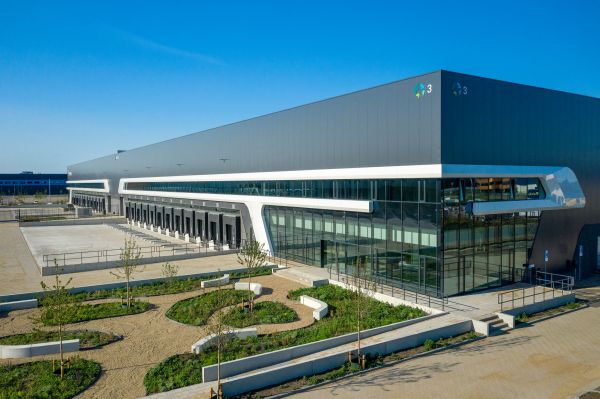
How is Prologis positioned towards these trends?
Scale and the benefits which arise from it, innovation and the ability to advance sustainability goals will continue to be differentiators for developers. Our research identifies trends and opportunities before they arise and allows us to work together with our customers to help solve their business challenges, now and in the future. For instance, labour concerns remain high. Therefore, the need for spaces where people can work in a safe, healthy and comfortable environment is very important for our customers to attract and retain talent. Developing according to the WELL Building Standard™ is an example of how our forward-thinking helps us help our customers.
Can you elaborate on how your ESG commitment helps in this context?
Our supply research points toward multiple opportunities arising for the industry. Sustainability is one of them. The research points towards opportunities for developers with a robust ESG programme. For us, ESG has been a priority and has been impacting our decisions for decades. For instance, we realize Smart Building projects that meet the customized needs of our clients and take a leadership role in addressing one of the largest sources of global carbon emissions, the embodied carbon of buildings. We have found that innovative solutions around labour are also crucial for our customers and therefore on our priority list. Take our initiative PARKlife™ that looks at how our shared spaces and places can become the best environment for everyone who interacts with them. It is a mindset through which we look at our buildings and parks in a broader perspective, searching for opportunities and fostering an environment that is beneficial for our customers’ employees and neighbouring communities alike.

In this context, what can you tell us about the impact of logistics on carbon footprint?
In January, we published a special report that indicates how e-commerce can lower the carbon footprint. While more logistics movement could lead to an increase in the carbon footprint, innovations such as more effective planning, package innovations, smart buildings, electrification of vehicles and artificial intelligence (AI) are expected to foster more sustainable operations throughout the supply chain. Our research points out how innovations can impact the carbon footprint positively, paving the way for a more sustainable logistics chain in the future.










